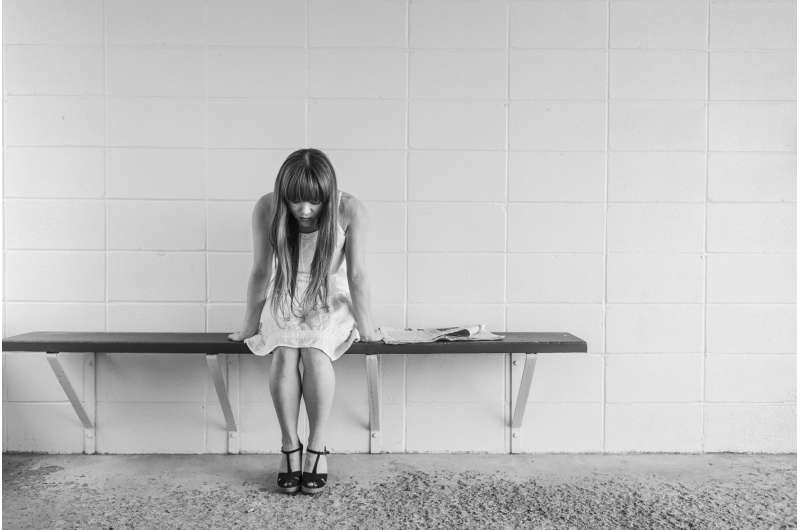Revised surgical targeting improves results of deep brain stimulation for depression

A study published in Molecular Psychiatry finds that using an advanced imaging technique called Diffusion Tractography Imaging helps researchers find the exact target in patients undergoing Deep Brain Stimulation (DBS) for treatment-resistant depression (TRD).
DBS is a treatment that is widely used in neurological illnesses such as Parkinson's Disease and tremor. Its use in depression is still experimental. The procedure involves placing electrodes in the region of the brain known to affect the circuitry involved in depression. The electrodes are connected to an implantable pulse-generating device in the chest, similar to a pacemaker. The area of the brain that has been most investigated is the subcallosal cingulate white matter area (SCC).
Up to 10 percent of patients suffering from major depression go on to develop treatment resistance. Depression tends to become chronic and relapsing, with serious consequences to the patients' quality of life.
In this study, 11 patients with chronic, severe depression had DBS surgery. Using advanced MRI imaging methods, target selection in the SCC was done for each patient using tractography and a specialized 3-D modeling technique that allowed for the precise determination of the exact site for implantation in the brain.
"We used the images of patients who responded well to DBS in our previous research studies to develop a blueprint or template for use in new subjects. This way, our confidence in finding the exact location for planting the electrode in the subcallosal cingulate was increased," says Patricio Riva-Posse, MD, lead author of the study and assistant professor of psychiatry and behavioral sciences at Emory University School of Medicine. We are very encouraged to see these positive results in the 11 patients who underwent this procedure,"
Results from the study showed eight of the patients (73 percent) responded positively and six were in remission after six months. After one year, nine (82 percent) had improved in their depression scores by more than 50 percent.
By developing this refined blueprint approach to surgery, researchers at Emory say an optimal target can be reliably determined with high precision for each individual patient.
"The outcomes we observed demonstrate progress in the understanding of the networks involved in depression, and the evolution of this experimental procedure. It is an important step in helping depressed patients who have been unresponsive to previous treatments," says Helen S. Mayberg, MD, director of the DBS Depression Research program and professor in the Departments of Psychiatry and Behavioral Sciences, Neurology and Radiology.
Riva-Posse and Mayberg are hopeful this improved method will be considered in the design of future studies evaluating the efficacy of DBS in this difficult-to-treat illness.
More information: P Riva-Posse et al. A connectomic approach for subcallosal cingulate deep brain stimulation surgery: prospective targeting in treatment-resistant depression, Molecular Psychiatry (2017). DOI: 10.1038/MP.2017.59
















